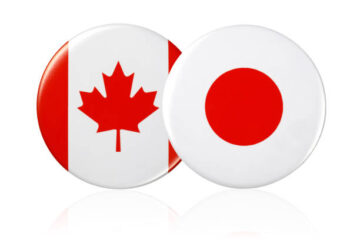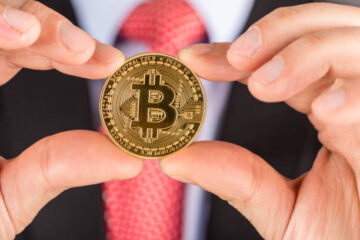The chain recently attributed its strong earnings to its high-income customers.
There are ample social media memes and even t-shirts about the “splurge” of paying $1.95 for guacamole at Chipotle (CMG) – Get Chipotle Mexican Grill Inc. Report — the creamy topping is, for most people, the best part of the dish, but an annoying extra cost that gets tacked on at the end.
But jokes aside, those little “extras” are increasingly becoming the dividing line between the wealthy and the non-wealthy customer.
Professional golfer Viktor Hovland recently even told a journalist that he could stop “not getting the guac at Chipotle” when he first turned pro and started bringing in the commensurate salary.
In the latest earnings call, Chipotle reported that its higher-income visitors came in more frequently, bought more extras and expensive items (extra guac and a drink?!) and generally came out with larger orders than its lower-income customers.
Too Low-Income For A $12 Burrito?
While the difference between veggie or chicken entrees ($10.15) and the steak or barbacoa entrees ($12.10) can seem insignificant, that decision is not only dividing the splurges from the splurge-nots, but also helping Chipotle’s bottom line. CEO Brian Niccol attributed the quarter’s success of net sales that rose by 17% to $2.21 billion to the higher-income customer.
“What we saw was probably not all that different from what people have been saying,” Niccol told analysts in the call on July 26. “The low income consumer definitely has pulled back their purchase frequency. Fortunately, for Chipotle, that is not the majority of our customers.”
Without expanding on the margins that make someone high-income, Niccol said that this type of customer is both ordering more and coming into its stores more frequently. Lower-income customers, meanwhile, most often order a single entrée items with a less expensive protein.
“When you look at a chicken burrito, steak burrito and you compare that to your alternatives, the value is there,” Niccol said.
After the earnings were announced, company shares rose by more than 8% in after-hours trading and were up nearly 15% by Wednesday afternoon.
Are Things Getting Worse Or Better? Depends On Which End You’re On
In the same earnings call, the fast casual Mexican chain announced that it would once again raise prices on some of its items in the mid- to high- single digits by August.
In many locations in the Northeast and the Southwest, Chipotle had already raised them by approximately 6% in March. The reason given was inflation and rapidly-rising food costs — while the average cost of groceries rose by 10.4% between June 2021 and 2022, many of the items most frequently eaten at Chipotle were subject to even more dramatic increases.
Chipotle
Due to a bad harvest year in Mexico, avocado prices in some parts of the U.S. spiked by more than 120%, while a pound of beef is now around 36% more expensive.
In a spring earnings call, Chipotle’s Chief Financial Officer John R. Hartung said that the price increases were necessary to offset “inflation on beef and freight and, to a lesser extent, avocado costs more than offset the leverage from our menu price increases.”
Despite customer complaints about how Chipotle is getting more and more expensive, the price increases have generally been a positive both for the profit margin and the number of people who come to Chipotle. With inflation burning a bigger and bigger hole in the pockets of many working families, even a $15 burrito is still less expensive than what many would pay at a restaurant.
A recent report by data analytics company Placer.ai found that Chipotle’s foot traffic rose by 14.6% year over year in June and 23.3% in May in large part because the “wealthy customers” the chain refers to might have previously gone somewhere more expensive.


